HD video conferencing: As good as being there?
Is high-definition video conferencing finally good enough to make up for not meeting in person?


Jerky video the size of a large postage stamp and tinny audio. Lengthy presentations that take over your whole desktop, with a tiny chat window at the side. Web chats and online meetings save you travel but they don't give you eye contact, body language or the feeling that you've actually met someone.
High-definition video conferencing claims to give you the benefits of a real meeting without the hassle of travel. Just how good are the dedicated video rooms and how much will they cost you? Or can you do high-definition on a low budget?
Humans are social animals; we like to get together. We're often better at explaining things out loud that we are at writing them down and face to face meetings are still the best way to get many things done. For a start, you're giving the meeting your full attention, you can hear and see the other people clearly, you can read any documents involved and get a good look at any physical objects that are relevant to the discussion.
A lively discussion means people are going to interrupt each other, which is much easier when you can see the expression on someone's face you know sooner if you haven't convinced them. You never meet anyone useful in the hall after an online meeting, either. Sometimes there's a side benefit too - a good meal, a nice place to visit, time to look around.
But other times, you travel for three hours each way for a 90 minute meeting and spend the first 20 minutes trying to get the projector working. Or you can only fit in one meeting when you want to talk to two separate teams, but one is in Ireland and the other is in Scotland.
Never mind global warming concerns or rising petrol prices. If you can replace long security lines, cramped seats and anonymous business hotels with a high quality video conference in the comfort of your office and have a real meeting rather than a glorified phone call, you could be much more productive. If you can make decisions with two or four teams in a day rather than just one, you can speed up business processes and development cycles. The question is whether video conferencing is good enough to replace a face to face meeting and how much that will cost you.
What tech does it take?
Sign up today and you will receive a free copy of our Future Focus 2025 report - the leading guidance on AI, cybersecurity and other IT challenges as per 700+ senior executives
True high-definition video conferencing needs a lot more than a Webcam at your desk or an ISDN line. The California Institute for Telecommunications and Information Technology (CalIT2) in San Diego has a 100 million pixel display wall (made of LCD screens mounted side by side) and an auditorium with a Sony projector running at four times the resolution of 1080 HD.
"This isn't video conferencing," says Larry Smarr, the founding director of CalIT2. "This is telepresence. This is the elimination of distance. The technology is now here to make distances disappear, to make the world wormhole connected. The question is how will we live and work in this world?"
On a 4x HD connection, you can look people in the eye and see whether they follow your argument. You can also lean forward and read not just the headlines but all the text in the slides on the HD screen of the MacBook on their desk as if it was sitting in front of you.
Making it look real
None of the commercial systems offer this resolution. For a start, the 10Gb connection you need for 1,500Mbps of video data is hard to come by if you're not on the Internet 2 backbone. You can get a lifelike experience that feels like a face to face meeting with HD resolution, but it's still a significant investment. Systems like HP's Halo (built with Smarr's help) and Ciso Telepresence are built in to a meeting room, with multiple screens, integrated cameras and sound systems (that let you tell where in the room a speaker is sitting), high bandwidth networks and even specially designed lighting.
Mary is a freelance business technology journalist who has written for the likes of ITPro, CIO, ZDNet, TechRepublic, The New Stack, The Register, and many other online titles, as well as national publications like the Guardian and Financial Times. She has also held editor positions at AOL’s online technology channel, PC Plus, IT Expert, and Program Now. In her career spanning more than three decades, the Oxford University-educated journalist has seen and covered the development of the technology industry through many of its most significant stages.
Mary has experience in almost all areas of technology but specialises in all things Microsoft and has written two books on Windows 8. She also has extensive expertise in consumer hardware and cloud services - mobile phones to mainframes. Aside from reporting on the latest technology news and trends, and developing whitepapers for a range of industry clients, Mary also writes short technology mysteries and publishes them through Amazon.
-
 Trump's AI executive order could leave US in a 'regulatory vacuum'
Trump's AI executive order could leave US in a 'regulatory vacuum'News Citing a "patchwork of 50 different regulatory regimes" and "ideological bias", President Trump wants rules to be set at a federal level
-
 TPUs: Google's home advantage
TPUs: Google's home advantageITPro Podcast How does TPU v7 stack up against Nvidia's latest chips – and can Google scale AI using only its own supply?
-
 Cisco is ramping up AI features in Webex, but in a market dominated by Google, Zoom, and Microsoft, it may struggle to boost user uptake
Cisco is ramping up AI features in Webex, but in a market dominated by Google, Zoom, and Microsoft, it may struggle to boost user uptakeAnalysis Cisco is confident that new AI features for Webex will have users flocking to the platform, but it still faces stiff competition in the productivity space from major industry players
-
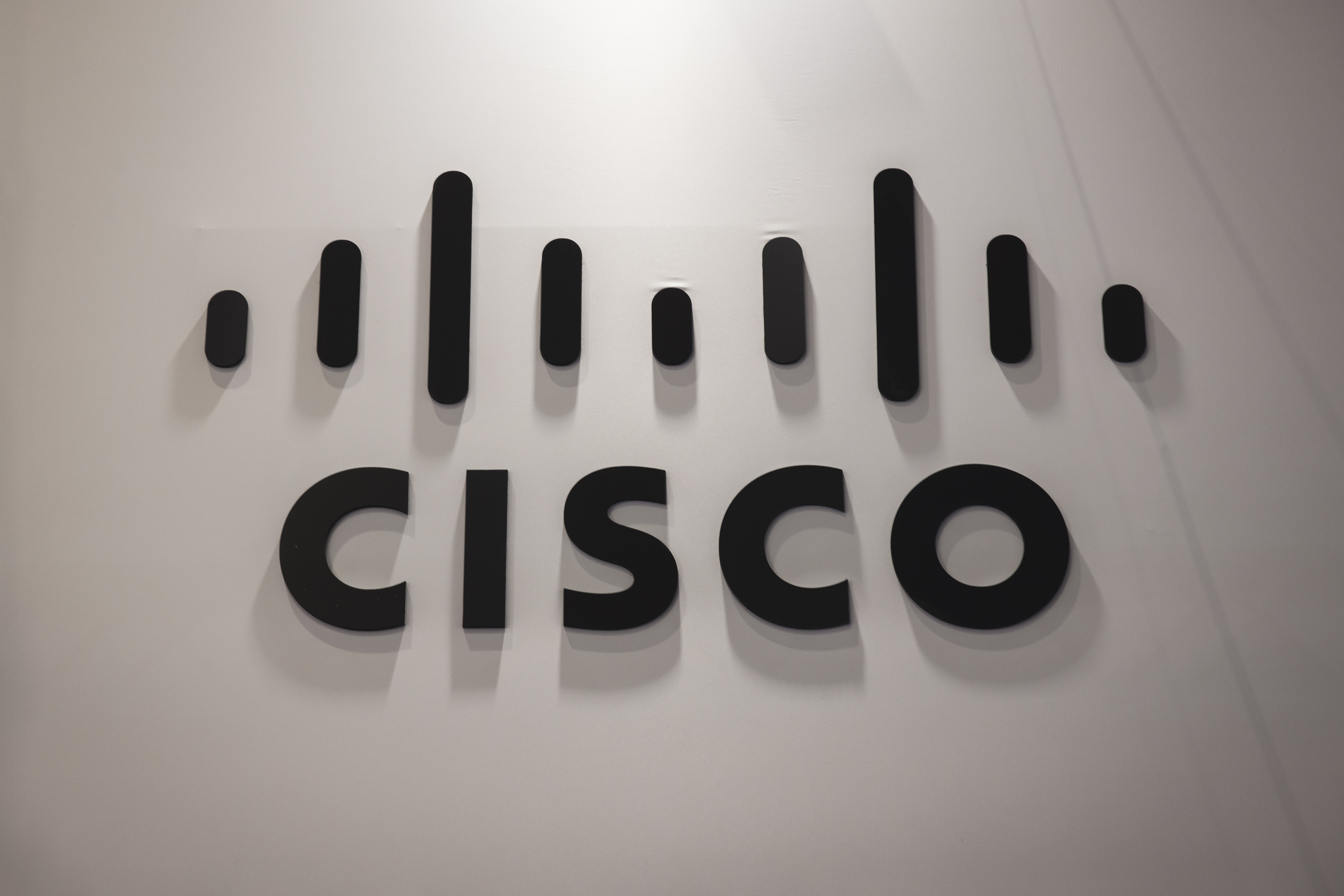 Cisco just launched Motific, its first SaaS product aimed at supporting generative AI deployments
Cisco just launched Motific, its first SaaS product aimed at supporting generative AI deploymentsNews Cisco said Motific will help customers deploy generative AI tools faster, and more effectively
-
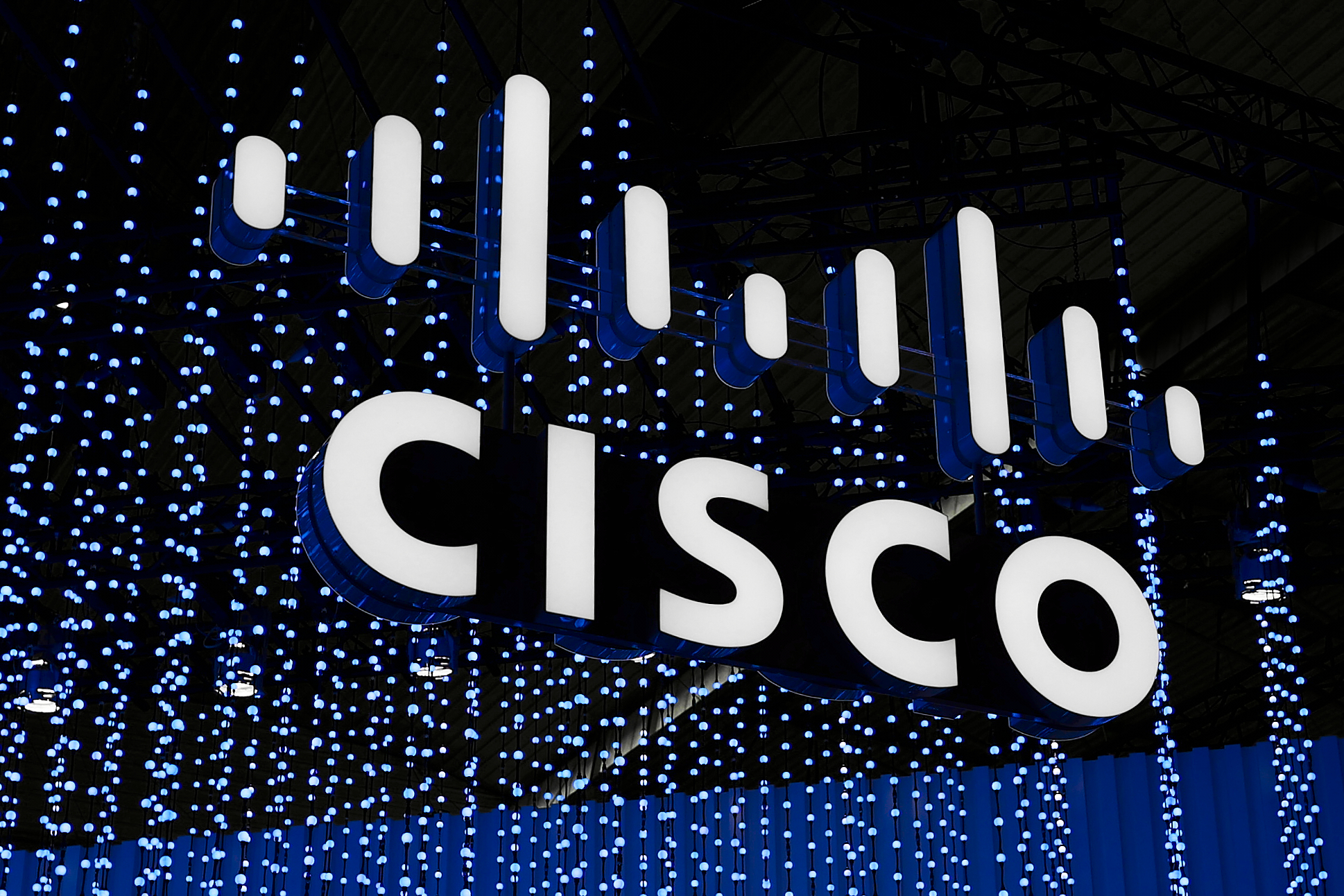 Cisco signals open source intentions with Isovalent acquisition
Cisco signals open source intentions with Isovalent acquisitionNews Cisco says it will leverage the open source capabilities of Cilium to create a “truly unique” multi-cloud and security platform
-
 Cisco's Socio Labs acquisition will bring Webex enhancement
Cisco's Socio Labs acquisition will bring Webex enhancementNews The hybrid event management startup caters to in-person and virtual audiences
-
 Tech giants lobby US to fund chip production
Tech giants lobby US to fund chip productionNews Industry heavyweights ask Congress for $50 billion in chip manufacturing subsidies
-
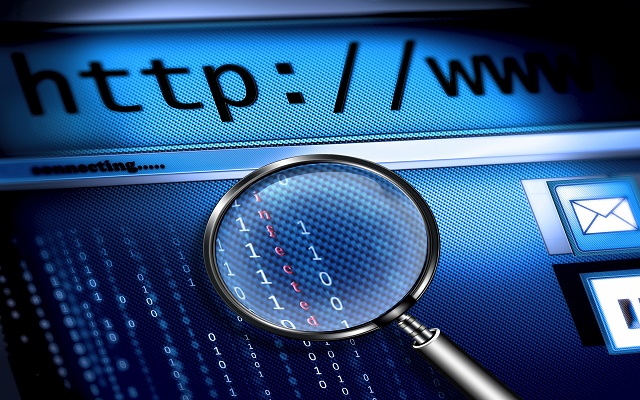 PRISM fallout could damage business, claim Google and Cisco
PRISM fallout could damage business, claim Google and CiscoNews BRIC revenues decline following Snowden revelations
-
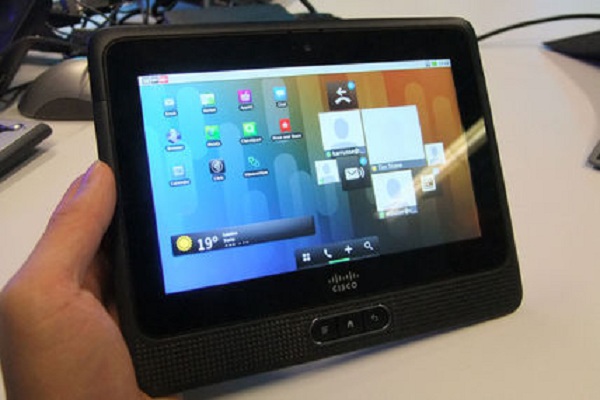 Industry unsurprised at demise of Cisco Cius tablet
Industry unsurprised at demise of Cisco Cius tabletNews High prices, closed systems and the iPad blamed as networking vendor ends investment in tablet device.
-
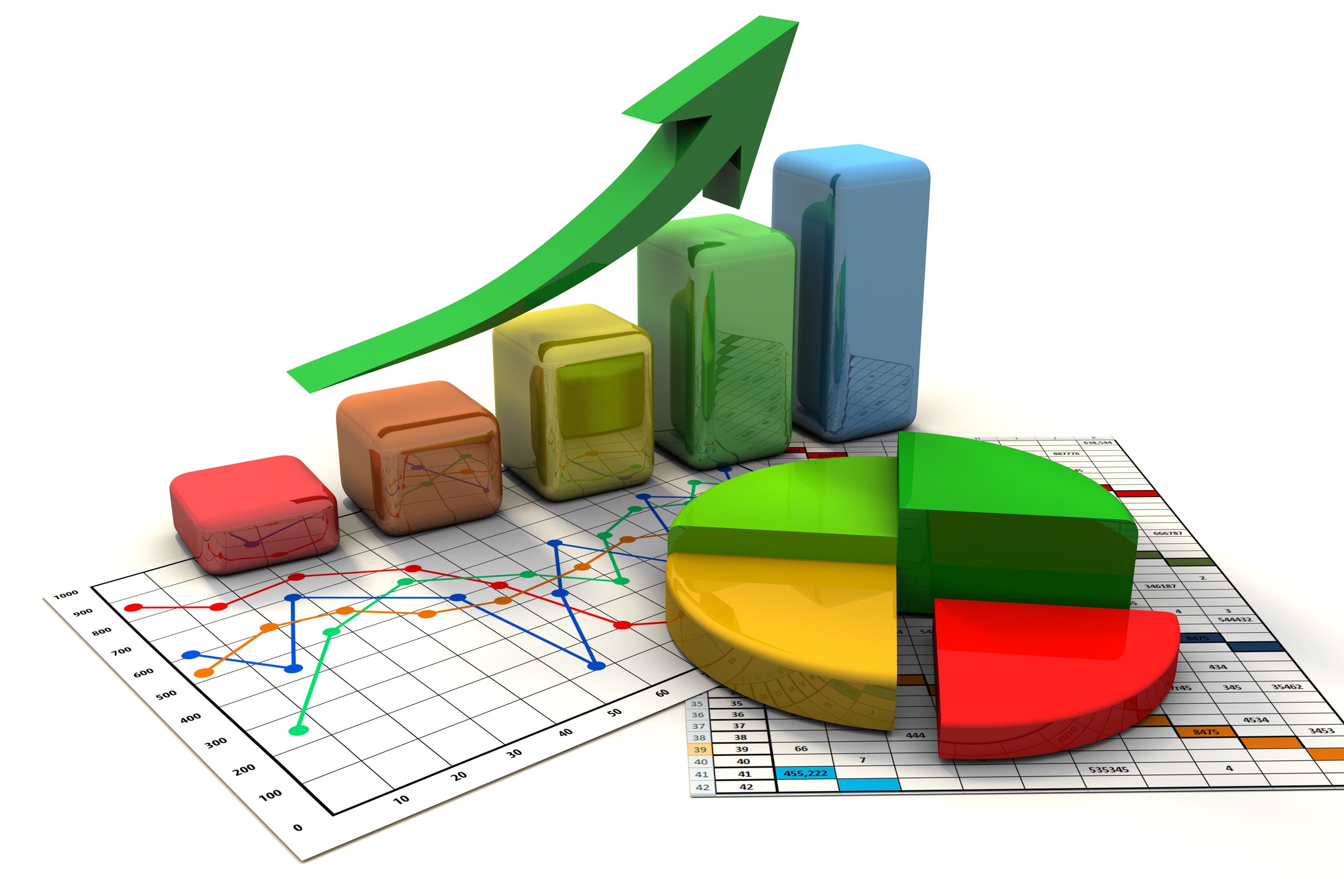 Cisco posts bumper results amidst restructure
Cisco posts bumper results amidst restructureNews The networking giant impresses analysts with solid profit and record revenue.
